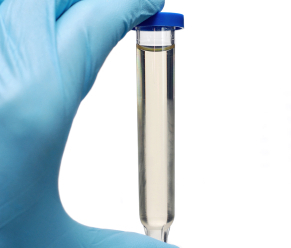he study included analysis of the selected urinary biomarkers of cocaine, amphetamines, ecstasy, methamphetamines and marijuana in untreated municipal wastewaters, with the calculation of their daily input into the sewer system for seven consecutive days. A coordinated methodology for sampling, analyzing and processing the results facilitated the direct comparison of cities of different sizes, such as, for example, Zagreb, Barcelona and London.
The results of this study were published today in the distinguished journal Science of the Total Environment.
We present some of the most significant results, with reference to the situation in Zagreb.
- The rate of the consumption of all the drugs studied is fairly low in Zagreb in comparison to the majority of European cities, especially Antwerp, Barcelona, Amsterdam, Eindhoven and Utrecht.
- The total daily cocaine consumption in Europe is estimated at 356 kilograms, which according to the assessment of the United Nations Office on Drugs and Crime (UNODC) represents 10 to 15% of total world consumption. The rate of cocaine consumption is significantly higher in Western Europe than in Northern and Eastern Europe. Cocaine consumption in Zagreb is significantly lower than in most of the cities included in the study.
- Although the rate of amphetamine consumption in Zagreb has grown exponentially in relation to 2009, it is still very low in comparison to cities characterized by high consumption of these stimulative drugs. For example, in Amsterdam the consumption of amphetamines is 25 times greater than in Zagreb.
- The consumption of methamphetamines is unevenly distributed, led by the Northern European cities of Oslo, Helsinki and Turku. Consumption of methamphetamines in these cities is about 30 times greater than in other cities, including Zagreb.
- The highest marijuana consumption was recorded in Dutch and Spanish cities, while consumption in Zagreb is similar to that in Milan.
Conventional methods already used as the basis for the adoption of national policies on the prevention of drug use include information on drug seizures, the number of addicts treated and national surveys about habits in drug consumption. Unlike data obtained from surveys, which depend on the subjectivity of the respondents, wastewater measurements provide objective, directly comparable chemical measurements. Therefore, the initiation of regular monitoring of drug concentrations in wastewater at the national and European levels would have exceptional importance for the timely detection of eventual changes in drug abuse trends in real time. Such an approach would create an additional basis for adopting preventive plans and monitoring the effectiveness of existing preventive or repressive measures related to this issue.
Primjenom inovativnog pristupa, koji se zasniva na analizi komunalnih otpadnih voda, po prvi put je napravljena izravna usporedba potrošnje droga u 19 europskih gradova. Norveški institut za istraživanje voda (NIVA) iz Osla i Institut Mario Negri iz Milana bili su inicijatori ovog istraživanja, u kojem je uz Institut Ruđer Bošković sudjelovalo još 13 znanstvenih ustanova iz 11 europskih zemalja.
Istraživanje je uključivalo analizu odabranih urinarnih biomarkera kokaina, amfetamina, ectasy-a, metamfetamina i marihuane u neobrađenoj komunalnoj otpadnoj vodi te izračun njihovog dnevnog unosa u kanalizacijski sustav tijekom sedam uzastopnih dana. Usuglašena metodologija uzorkovanja, analize i obrade rezultata omogućila je izravnu usporedbu gradova različite veličine kao što su npr. Zagreb, Barcelona i London.


